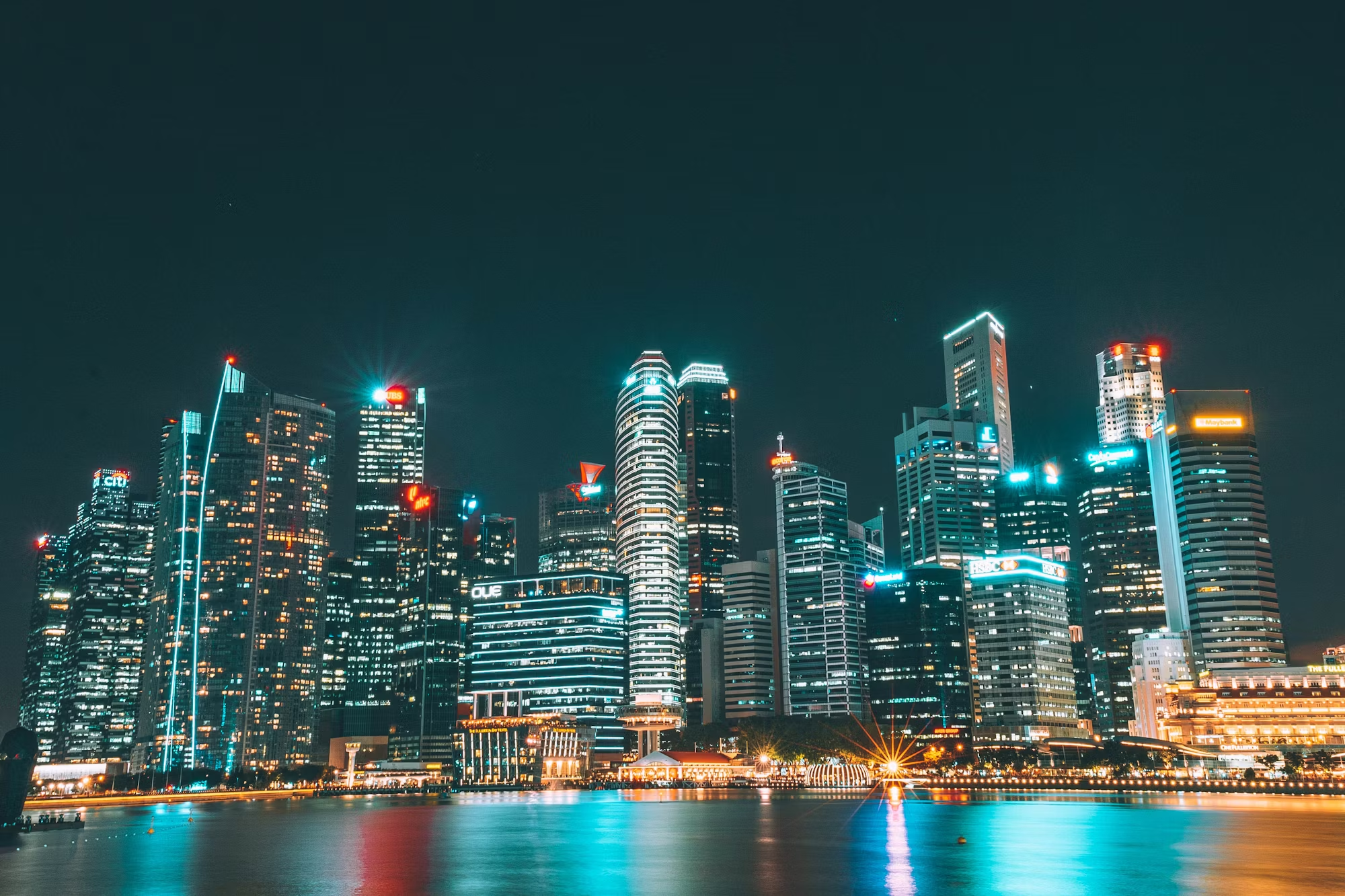As urbanization accelerates and environmental concerns rise, the architecture of skyscrapers is undergoing a significant transformation. Green skyscrapers, designed with sustainability at their core, are redefining what it means to live and work in high-rise buildings. These innovative structures incorporate eco-friendly technologies and sustainable practices, contributing to a healthier environment while enhancing the quality of urban life. This article explores the evolution of green skyscrapers, their benefits, and their role in shaping the future of cities.
The concept of a green skyscraper transcends traditional architectural design; it involves a comprehensive approach to sustainability that integrates energy efficiency, water conservation, and the use of renewable materials. These buildings are not merely designed to minimize their ecological footprint; they aim to create positive environmental impacts. By embracing cutting-edge technologies and sustainable practices, green skyscrapers are paving the way for more resilient urban environments.
One of the most significant characteristics of green skyscrapers is their emphasis on energy efficiency. Many of these structures utilize advanced energy management systems that monitor and optimize energy consumption in real-time. For instance, smart lighting systems can adjust intensity based on natural light availability, reducing electricity use. Additionally, high-performance insulation materials and energy-efficient windows minimize heat loss, leading to lower heating and cooling demands. As a result, green skyscrapers often achieve significant reductions in energy consumption compared to traditional buildings, contributing to lower greenhouse gas emissions.
Renewable energy sources are another vital component of green skyscrapers. Many of these structures are equipped with solar panels that harness sunlight to generate electricity. Some buildings even incorporate wind turbines to capture wind energy, further diversifying their energy portfolio. By generating their own clean energy, green skyscrapers reduce their reliance on fossil fuels and contribute to a more sustainable urban energy grid. This shift not only benefits the environment but also helps reduce operational costs for building owners and tenants.
Water conservation is a crucial aspect of sustainability in green skyscrapers. These buildings often incorporate rainwater harvesting systems that collect and store rainwater for non-potable uses, such as irrigation and toilet flushing. Additionally, advanced plumbing fixtures and smart irrigation systems minimize water waste. By adopting these practices, green skyscrapers play a vital role in addressing the growing concerns over water scarcity in urban areas, promoting responsible resource management.
Incorporating green spaces within skyscrapers is another innovative approach that enhances sustainability. Many green skyscrapers feature vertical gardens, green roofs, and landscaped terraces that not only improve air quality but also provide habitats for urban wildlife. These green spaces offer numerous benefits, including temperature regulation, stormwater management, and enhanced aesthetic appeal. Furthermore, they provide residents and workers with access to nature, promoting mental well-being and social interaction.
The architectural design of green skyscrapers reflects a commitment to sustainability and community. Open, flexible spaces are prioritized, allowing for adaptive reuse and multifunctionality. This design approach encourages collaboration and social engagement among occupants, creating vibrant communities within the building. Many green skyscrapers also include communal areas such as fitness centers, rooftop gardens, and lounges, fostering a sense of belonging among residents and workers.
Examples of successful green skyscrapers around the globe demonstrate the potential of sustainable architecture. The Bosco Verticale (Vertical Forest) in Milan, Italy, features residential towers adorned with over 9,000 trees, promoting biodiversity and improving air quality. Similarly, the One Central Park in Sydney, Australia, incorporates lush gardens and vertical green walls, creating a unique urban oasis. These projects showcase how green skyscrapers can seamlessly integrate nature into urban environments, enhancing the overall quality of life.
However, the journey towards building more green skyscrapers is not without its challenges. The initial costs of implementing sustainable technologies and materials can be high, posing a barrier for some developers. Additionally, navigating complex building codes and regulations can complicate the design and construction processes. To overcome these challenges, collaboration among architects, engineers, and environmental consultants is essential. By working together, stakeholders can identify innovative solutions that align with sustainability goals while maintaining architectural integrity.
Public awareness and demand for sustainable buildings are on the rise, encouraging more developers to consider green skyscrapers as viable options. Governments and municipalities are also playing a crucial role in this transition by implementing policies and incentives that promote sustainable construction practices. By prioritizing green building initiatives, cities can position themselves as leaders in sustainability while creating healthier, more livable environments for their residents.
The future of green skyscrapers is bright as cities continue to evolve in response to environmental challenges. As technology advances, we can expect to see even more innovative solutions that enhance sustainability in urban design. From integrating smart building technologies to exploring new materials that reduce environmental impact, the potential for green skyscrapers is vast.
In conclusion, green skyscrapers represent a significant shift in urban architecture, embodying the principles of sustainability and eco-friendliness. By incorporating energy-efficient technologies, water conservation practices, and green spaces, these structures contribute to healthier urban environments while promoting a sense of community. As we move towards a more sustainable future, green skyscrapers will undoubtedly play a pivotal role in redefining the urban landscape, creating cities that prioritize both environmental stewardship and the well-being of their inhabitants. Embracing the potential of green skyscrapers is essential for fostering resilient, vibrant urban spaces that meet the needs of current and future generations.
